Blog </>
Abdulkader Safi web and mobile application development blogs
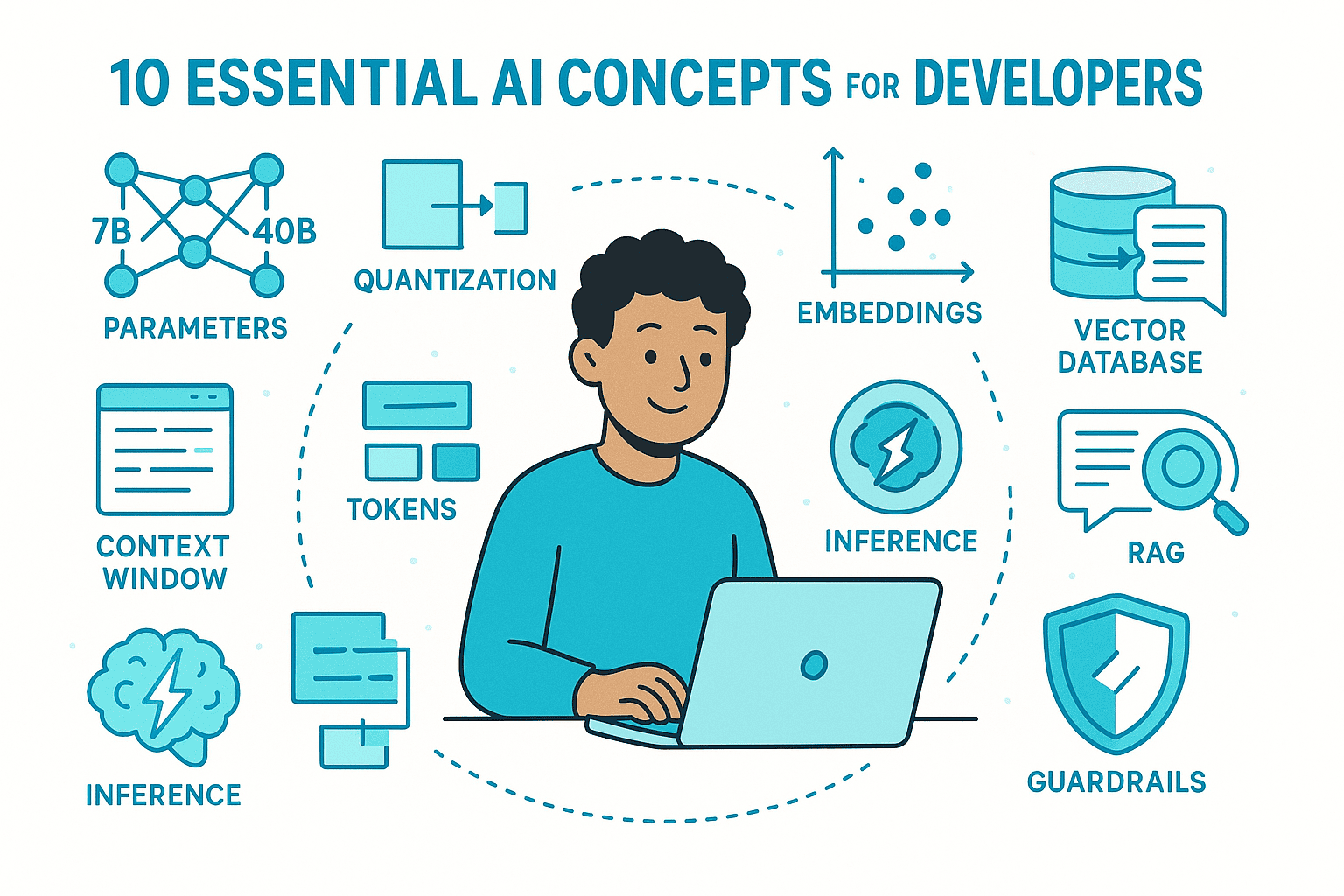
Learn These 10 AI Concepts Before It's Too Late
AI familiarity is no longer optional for developers. As we head further into an AI-driven economy, this skill set will become core knowledge for all software developers to understand. No, you don't have to go back to school or retake your statistics class or even know how to train models. But as a software developer, you will be asked to integrate or maintain AI of some sort in your applications, whether it's chatbots, MCP servers, or large-scale systems.

2026 Web Design Trends: 9 Essential Patterns Shaping the Future of Digital Design
The web design landscape is undergoing a dramatic transformation as we head into 2026. After analyzing hundreds of websites and tracking emerging patterns throughout 2025, clear trends are crystallizing that will define digital aesthetics for the year ahead. Whether you're a web designer, developer, or business owner looking to stay competitive, understanding these nine trends is essential for creating websites that resonate with modern audiences.
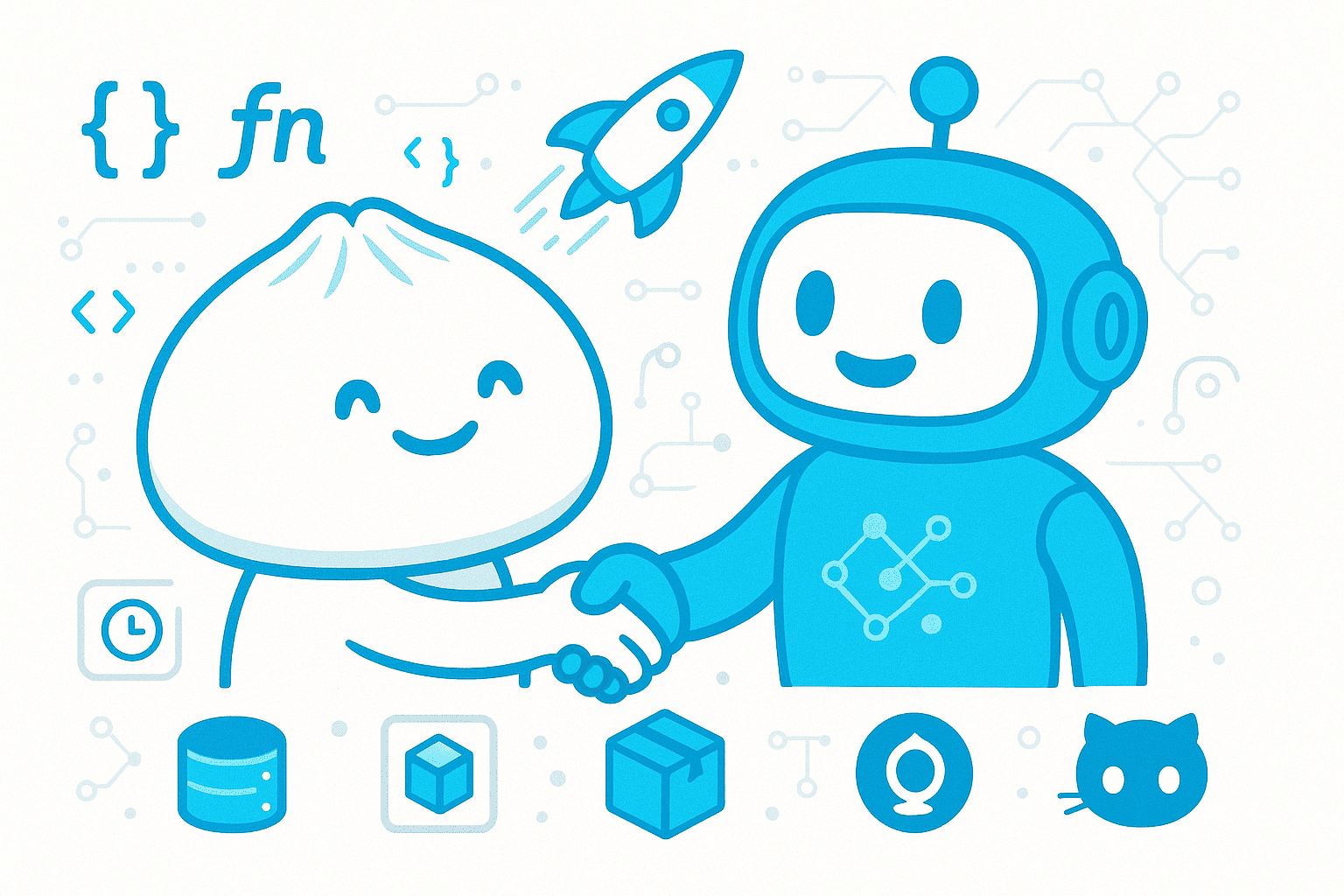
Anthropic Acquires Bun: What This Means for JavaScript Development and AI Coding Tools in 2025
In a surprising move that sent shockwaves through the JavaScript community, Anthropic announced the acquisition of Bun, the high-performance JavaScript runtime founded by Jared Sumner in 2021. This acquisition comes just six months after Claude Code reached a billion-dollar run rate revenue milestone, marking a significant moment in the evolution of AI-powered development tools.
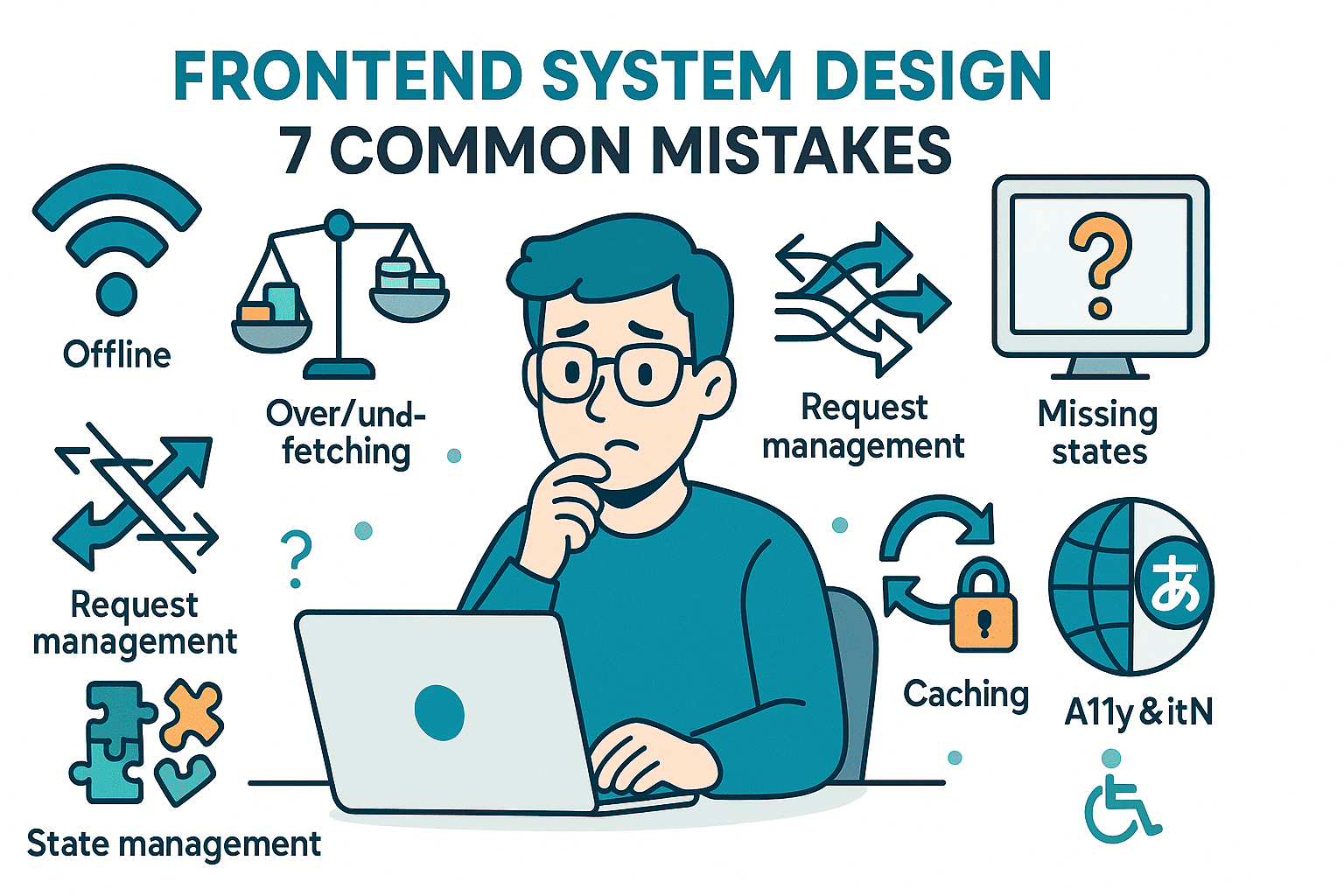
Frontend System Design Essentials: 7 Common Mistakes and How to Avoid Them
Frontend system design isn't just about writing code that works on your local machine. It's about building resilient, scalable, and user-friendly applications that perform well in the real world. Most frontend systems don't fail because of complex technical challenges, they fail due to simple, avoidable mistakes that compound over time.
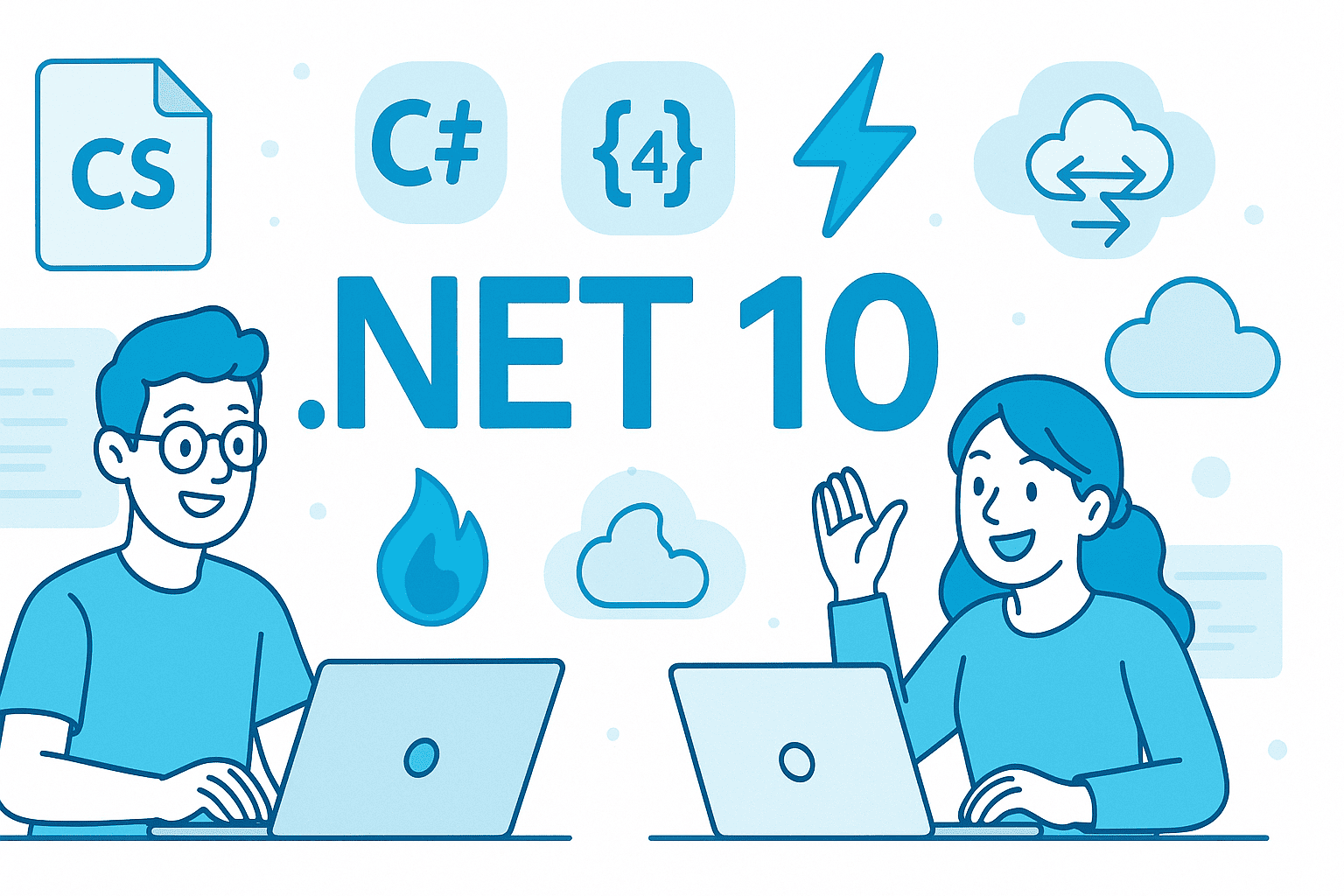
.NET 10 Released: Complete Guide to New Features and Performance Improvements in 2025
The .NET ecosystem continues to evolve with the release of .NET 10, the latest Long-Term Support (LTS) version announced at .NET Conf 2025. This release brings groundbreaking features, significant performance improvements, and innovations that will transform how developers build modern applications. With up to 3 years of support, .NET 10 represents a major milestone for the 7 million .NET developers worldwide.
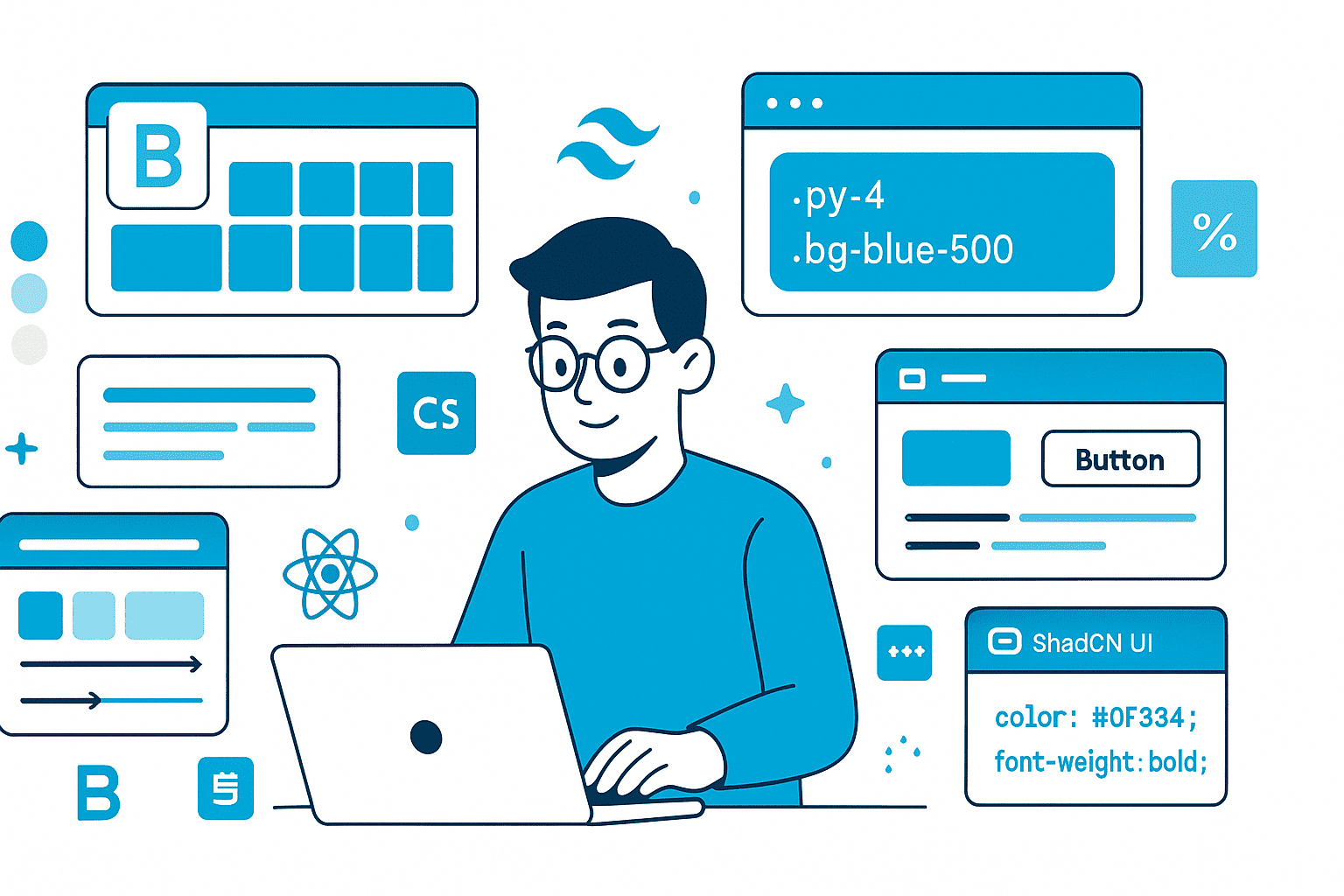
Modern Web Styling Best Practices: Bootstrap vs Tailwind CSS vs Material UI vs Shadcn UI in 2025
Choosing the right styling approach for your web project can feel overwhelming. Should you use Bootstrap for its ready-made components? Tailwind CSS for utility-first flexibility? Material UI for a complete design system? Or shadcn/ui for component ownership? Each approach has distinct advantages, and understanding when to use each one is critical for building maintainable, performant web applications.
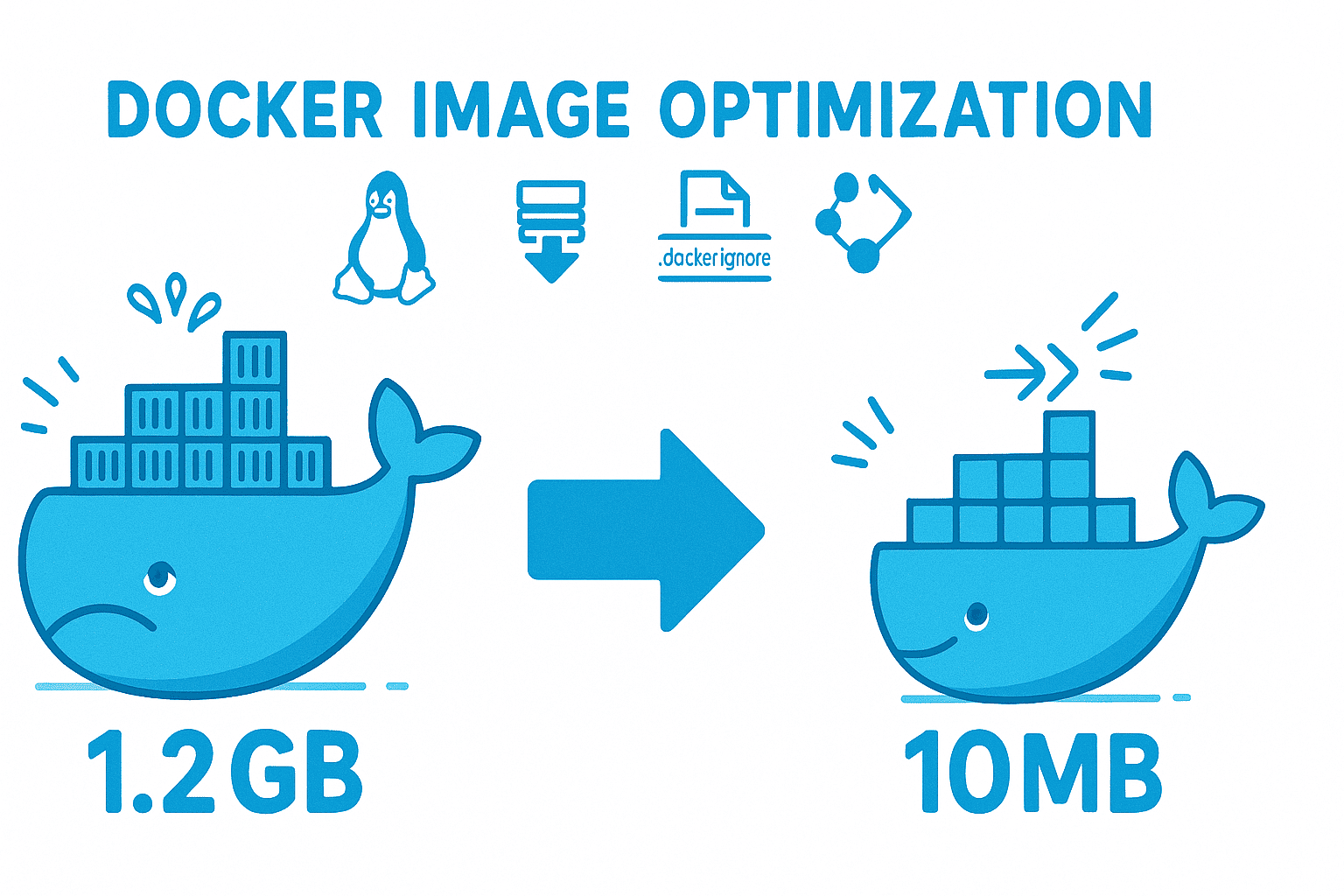
How to Reduce Docker Image Size from 1.2GB to 10MB: A Complete Optimization Guide
Docker image optimization is no longer optional, it's a critical skill for modern DevOps engineers and developers. In this comprehensive guide, I'll walk you through the exact steps I use to reduce Docker images from 1.2GB to just 10MB, achieving a 99% size reduction without sacrificing functionality.
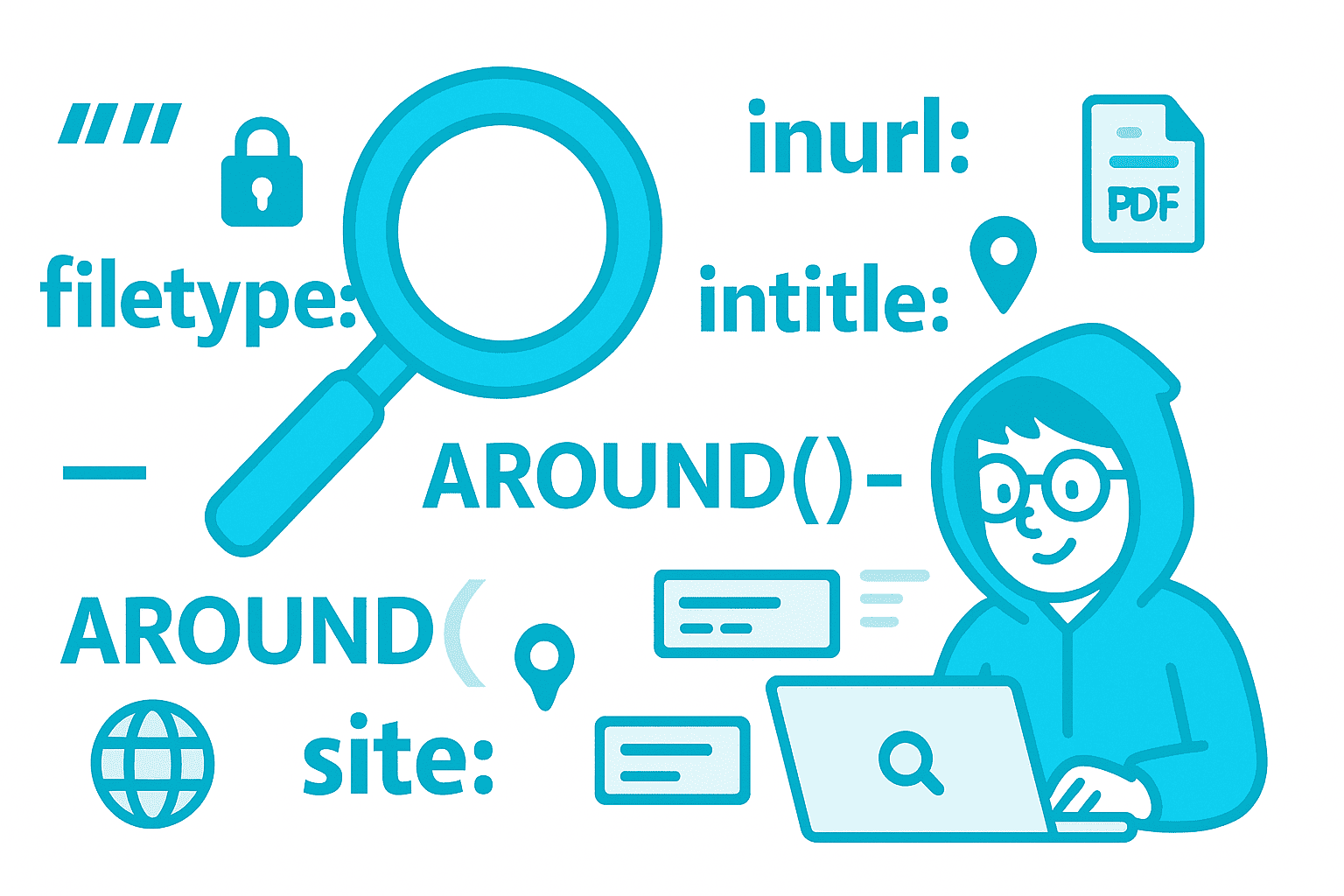
The Ultimate Guide to Google Search Operators: Master Advanced Search Techniques in 2025
Google search operators are powerful, yet underutilized tools that transform how you gather information online. Whether you're a cybersecurity professional, researcher, or simply someone who wants to search more effectively, mastering these operators is essential. This comprehensive guide will teach you how to think like a white hat hacker and use Google's most powerful search capabilities.
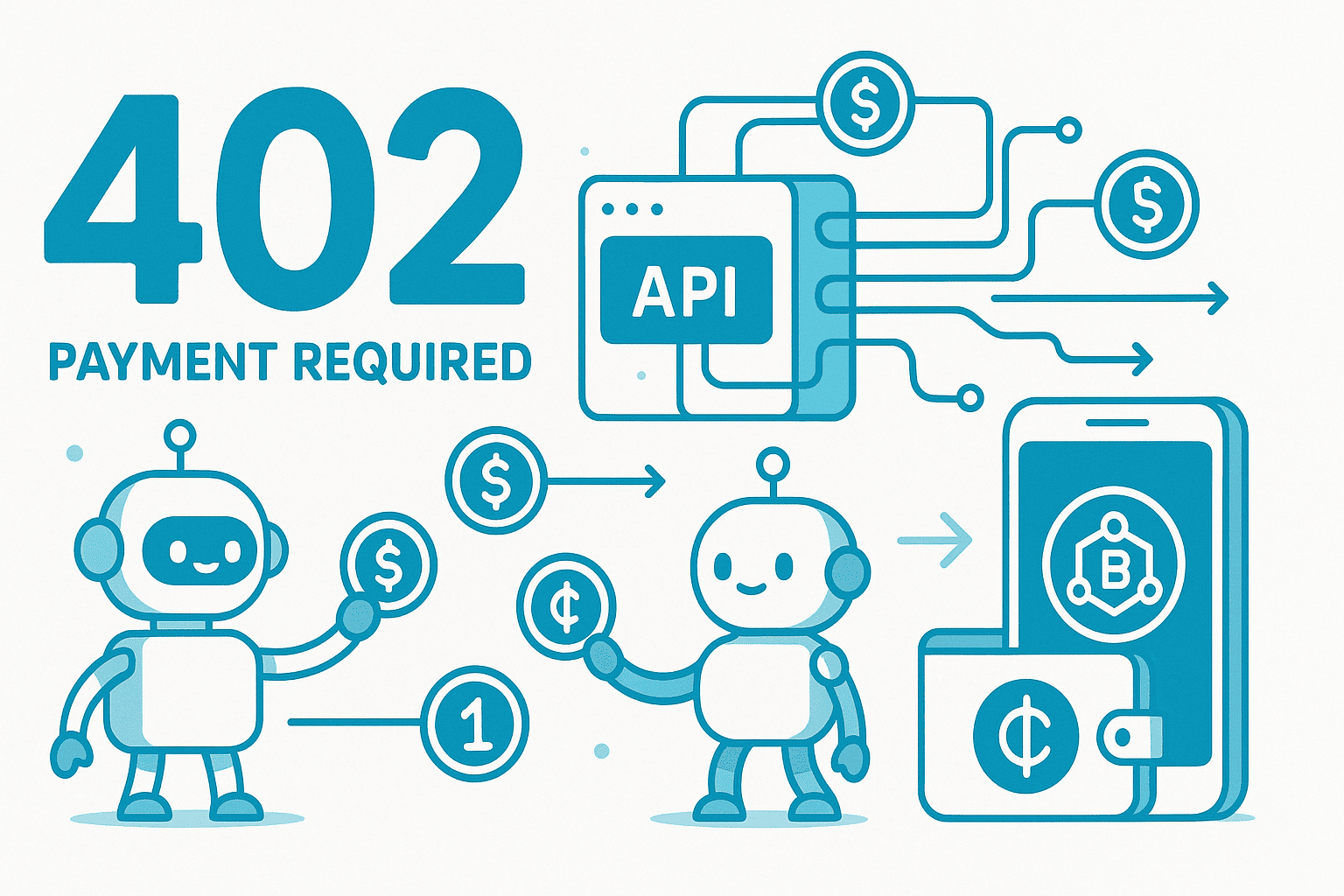
HTTP 402 Payment Required: How X402 Protocol is Revolutionizing Online Payments in 2025
Discover how the HTTP 402 status code and X402 protocol are transforming online payments with zero-fee micropayments, enabling API monetization and machine-to-machine transactions.

The Complete Guide to Ethical Hacking and Penetration Testing in 2025
Learn everything about ethical hacking and penetration testing - from fundamentals to advanced techniques, tools, methodologies, and career paths. A comprehensive guide for aspiring security professionals.
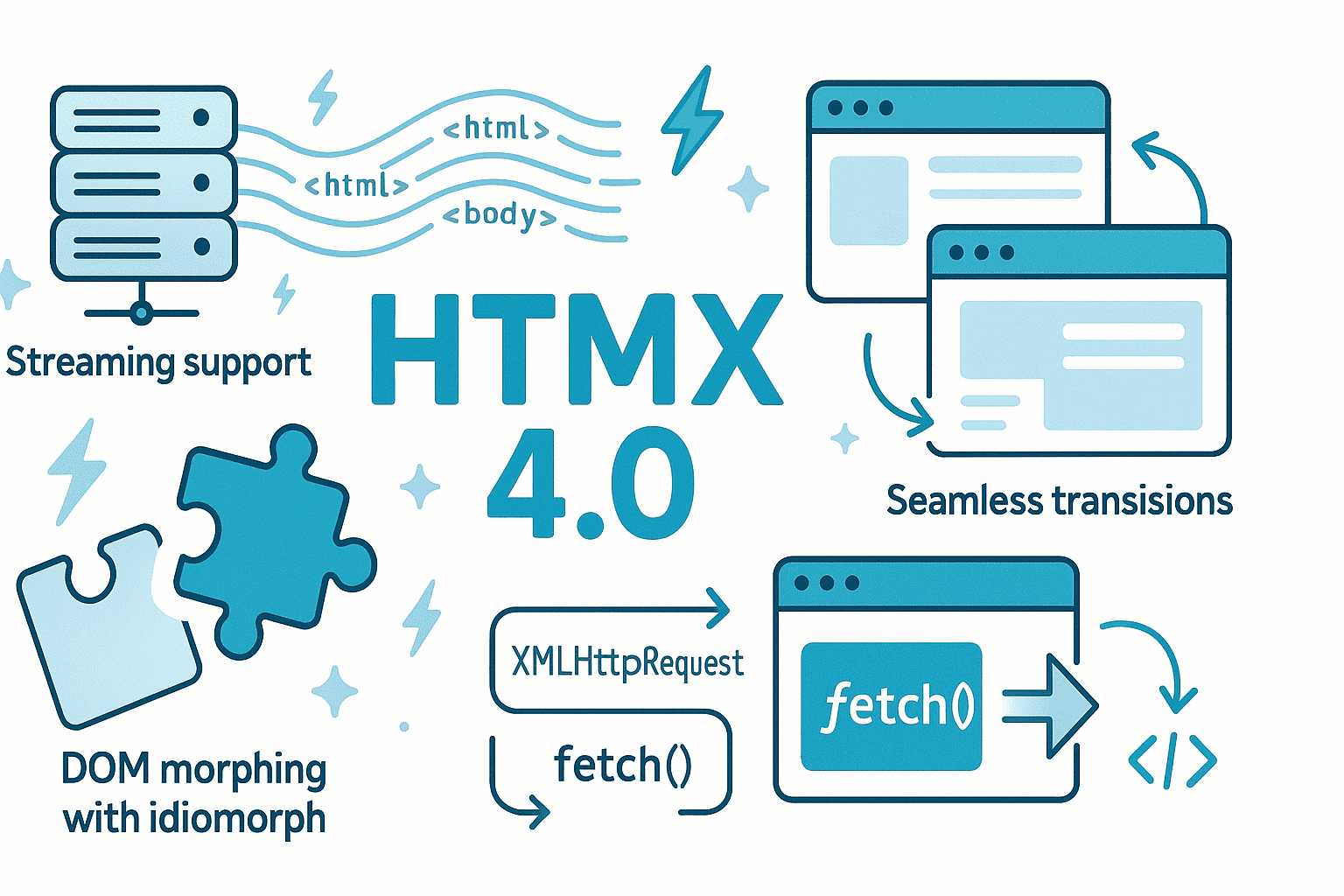
HTMX 4.0: A Major Leap Forward in Modern Web Development
HTMX 4.0 represents a significant milestone in the evolution of hypermedia-driven web applications. This major release introduces modernized internals, native streaming support, and enhanced DOM manipulation capabilities that position HTMX as an increasingly powerful alternative to JavaScript-heavy frontend frameworks. Currently in alpha, HTMX 4.0 brings substantial improvements while maintaining the library's core philosophy of enhancing HTML with minimal JavaScript.
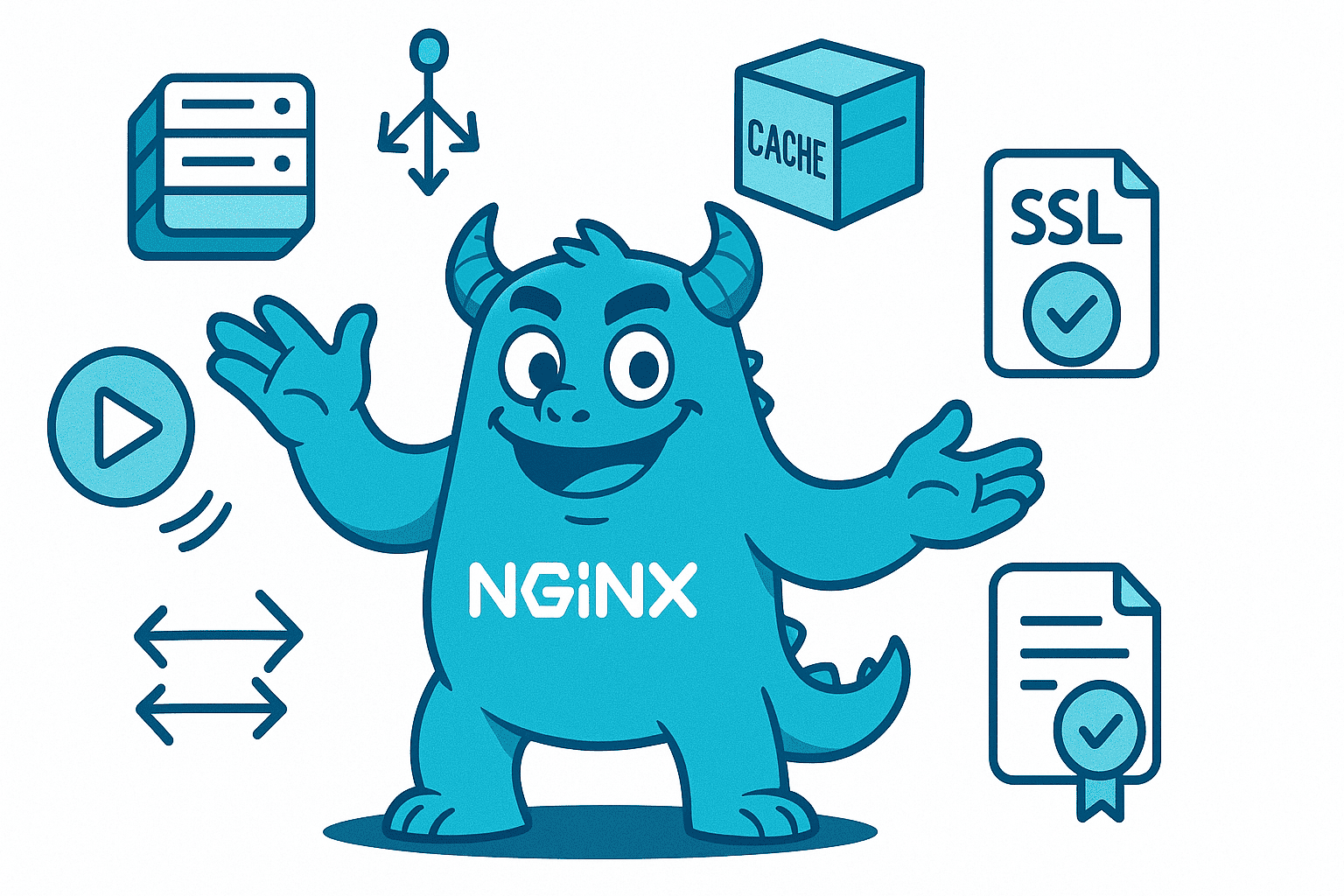
Nginx Complete Guide: The Most Powerful Web Server You Need to Know
Nginx is one of the most powerful and versatile web servers powering the modern internet. While many developers know it as a basic web server, Nginx capabilities extend far beyond simple HTML delivery. This comprehensive guide explores everything Nginx can do, from reverse proxying to load balancing, caching, compression, and much more.